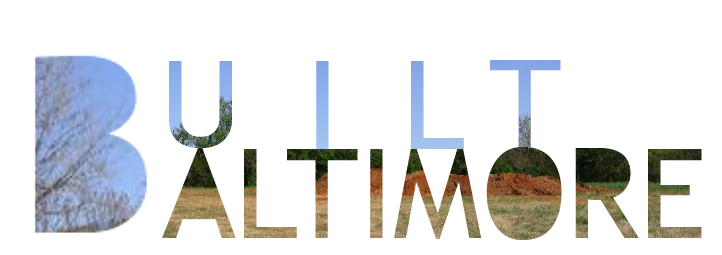Among the many neat resources here, (including promotion of an 'urban forest', which is just cool.) is a guide for turning vacant lots into community gardens (pdf).
I was reminded of a previous post here about a very large empty lot in the heart of my neighborhood owned by a commercial developer.


As of today, it appears that the lot, called the olmstead, is owned by Johns Hopkins.
It would be a benefit to the entire community if the University would allow the community to farm the Olmsted while development plans are still in limbo.
The area, of about 1.75 acres, could provide mini-lots to the many students and professionals that live in nearby apartments (pictured above).
Putting the land to a farming use would eliminate the need for mowing, as well as reduce local weed pollen (weeds also pictured above).
Could a temporary urban farm be next for the long-vacant Olmstead?
